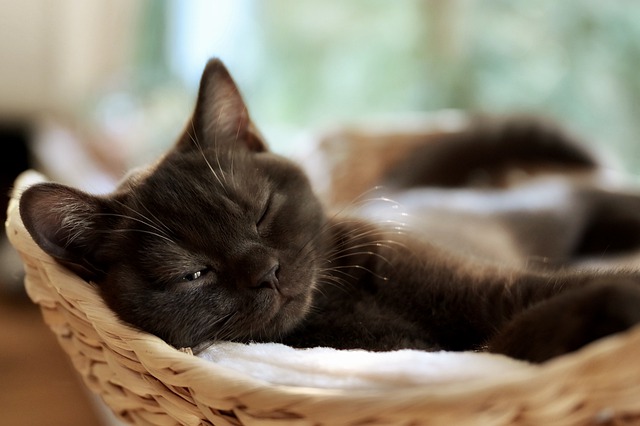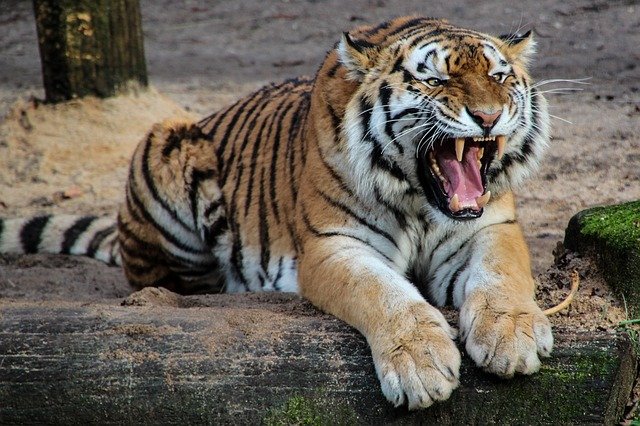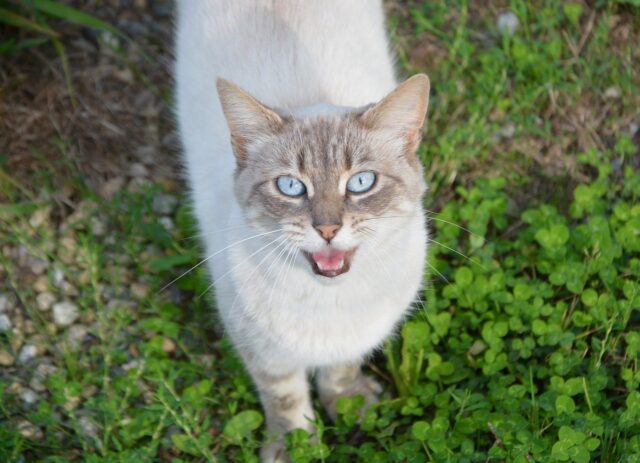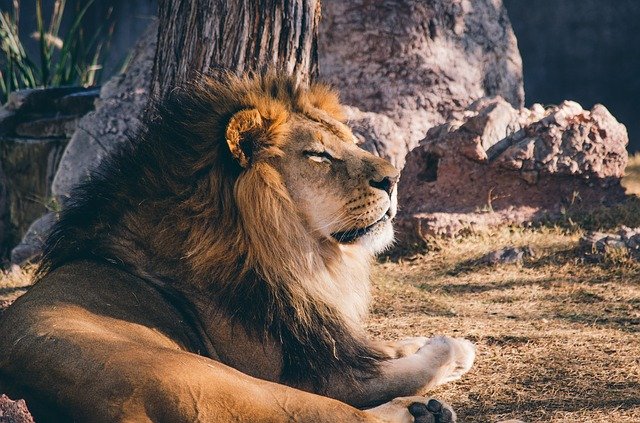Kitty cats purr, and the biggest of the big cats roar. It’s a fact cat lovers know, but have you ever stopped to wonder why these feline facts exist as truth?
As it turns out, our tiny tigers and mini panthers may be wild predators at heart, but they don’t roar like their big brethren due to the anatomical differences between them. Because of these physical deviations, the big cats don’t purr.
So, the rule seems to be a feline either purrs or roars. But they can’t do both, according to John Wible, curator of mammals at the Carnegie Museum of Natural History in Pittsburgh. But what are the differences that can make such a stark division in feline ability?

To Purr or Roar
Like humans, cats of all sizes vocalize thanks to the larynx, more commonly known as the voice box. We may share that in common with cats, but the roar and the purr are vocalizations distinct to felines. Of all the kitties in the feline world, who purrs and who roars?
House cats, bobcats, ocelots, lynx, cougars, and cheetahs all possess the ability to purr because of their unique ability to manipulate the voice box’s anatomy.
As Wible told LiveScience, “Purring is caused by the extremely rapid twitching of the vocalis muscle, which is in the vocal folds in the voice box.”

Citing the journal PLOS One, LiveScience reports big cats who roar can’t purr because their voice boxes “have longer, heavier, stretchier, fleshier, fattier layers of tissue making up their vocal cords.”
Because their larynxes are tough and bendy, lions, tigers, jaguars, and leopards can’t purr. But they can pitch their voices to the low rumbling roar that gives cat lovers chills. And these Panthera genus kitties can make their roar thanks to the differences between their hyoid structures versus those of their smaller counterparts.
“All mammals have bones in their neck close to the lower jaw that are the hyoid apparatus, and these bones have a connection to the base of the skull, either directly or via ligaments,” Wible said.

“The roarers have a unique arrangement for one pair of the bones of the hyoid apparatus, called the epihyoids. Rather than bone, the epihyoid is an elongated elastic ligament.”
Whereas their larynx is too heavy for purring, the big cat’s stretchy ligaments allow the voice box to lower into the deeper positioning that produces their deep roars.

Big Cats Don’t Purr, But They Do Chuff
While the Panthera genus doesn’t purr, they use those deep voices to show contentment in a different way, known as a chuff or prusten. The Carnegie Museum of Natural History’s Cat Chat 101 defines chuffing as “a low-intensity sound that a big cat will emit in short, loud bursts.”
“To vocalize a chuff, air is blown through the nostrils while the mouth is closed, producing a breathy snort.”

So, whether it’s a chuff or a purr, cats know how to display their pleasures in vocally unique ways. And while we know cats purr when content, there are other reasons behind that soothing rumble. Check out Why Do Cats Purr? and learn more about the mysterious mechanism we love so much!
H/T: www.livescience.com
